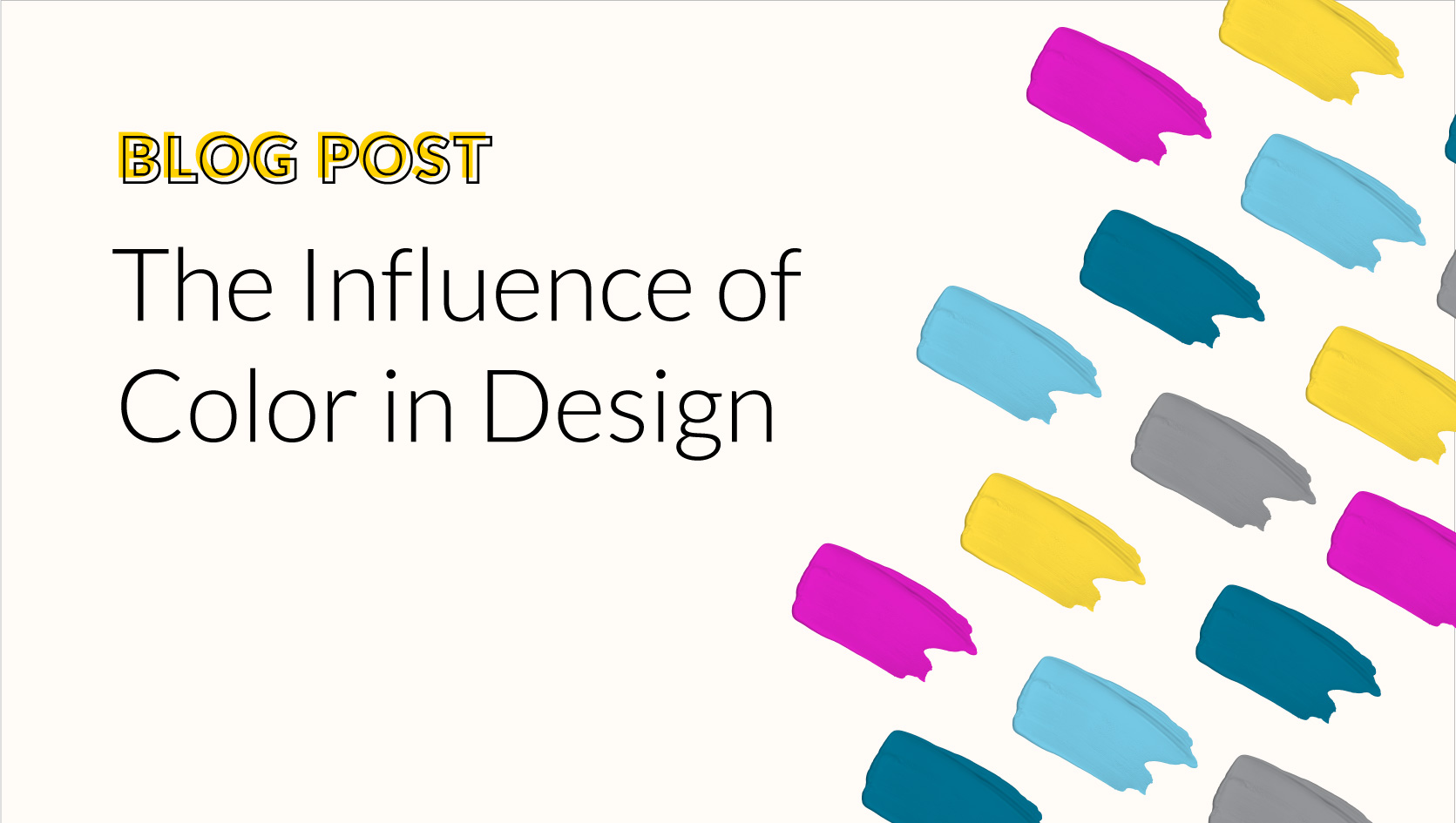Color is also a reflection of the times
As designers, we are always interested in color and its impact on attitudes and perceptions. Color is a key ingredient in our design choices to convey emotion, communicate attributes, evoke a response, and build brand awareness. Think how strongly you associate color with brand logos and branded environments: red with Coke, orange with Home Depot, green with Whole Foods, bright pink with a T-Mobile store.
Color is also a reflection of the times. Designers absorb elements from different cultures, urban and rural environments, textiles, and architecture to track and forecast the evolution of color trends. It’s an evolution that can cycle annually for interior colors and fashion and as much as three to five years for mass-produced consumer products (think automobiles, electronics, furniture).
So, when major players in the design field choose their Color of the Year, we pay attention! Why? Because we see these color choices as guideposts to what’s happening now and a vantage point for predicting design trends on the horizon.
What’s Behind the Color of the Year?
Since 2000, the Pantone Color Institute has formalized the color forecasting process by announcing their annual Color of the Year (COTY). Paint manufacturers quickly followed suit, and the practice has evolved into annual highly anticipated announcements and consequent analysis and commentary by both design and mainstream media. The 2023 Pantone COTY, Viva Magenta (18-1750), was announced in December 2022, activating the usual media frenzy. The practice has, in fact, developed into an essential public relations and marketing tool.
According to a Fast Company article, “Naming a COTY is good for business. At a time when shopping has moved online and marketing has shifted away from traditional newspaper and television ads toward social-media friendly campaigns, home improvement brands (and the odd cheerleader uniform maker) have had to rethink their promotional strategies. Announcing a color of the year is a simple, inexpensive way to get attention and push some product . . . the announcement tends to boost both site and store foot traffic and sales.”
An Industry Leader Explains their Process

Janet R. Miller
Designer Account Executive, Sherwin-Williams
To help us understand the vast range of influences that contribute to the art of color forecasting, we turned to Janet R. Miller, designer account executive with Sherwin-Williams and a trusted resource for her residential architectural and designer accounts. A major player in the paint and coatings market, Sherwin-Williams recently unveiled their 2023 Color of the Year, Redend Point (SW 9081), a “calming, nostalgic pink-undertone neutral” featured in the stunning trend palette of their 2023 Terra Colormix® Forecast.
When it comes to the Color of the Year in the paint industry, “you don’t see a lot of change from year to year, but color eventually morphs into new directions,” says Miller. “It’s like a story that gets passed down from year to year, and the story changes slightly each time it’s told. The story or narrative of current trends is what drives color forecasting.”
A Meeting of the Minds
And a big part of this story is their process. For Sherwin-Williams, the forecasting process begins years in advance as trends emerge; however, naming an annual color comes down to a meeting of the minds. The company’s color marketing and research teams gather annually to share their experiences and observations of the past year, drawing from trade show attendance in multiple industries across the globe as well as personal and cultural observations during those travels. The color pros trade notes not just on color, but on materials and finishes—as well as the general zeitgeist.
Color trends also traverse the color wheel; for instance, Sherwin-Williams’s Redend Point, with its warm, earthy tones, is complementary to last year’s COTY Evergreen Fog. According to Miller, these color choices express a return (most likely accelerated by the pandemic) to a culture of wellness and self-care and a desire to create sanctuary-like environments in both public spaces and private homes.
The use of color is perhaps the most indispensable tool in a designer’s toolbox for communicating mood, message, ambiance, and more. And we can rest in the knowledge that color forecasters are out there observing and experiencing, predicting and refining their impressions for the next Color of the Year.
If you want to tell your unique brand story through color and design, Street Level Studio and Beyond the Surface™ custom wallcoverings by Street Level Studio are here to help. Let’s talk about how our designers, developers, and marketing pros can help your brand lead at the forefront of the next emerging trend.
